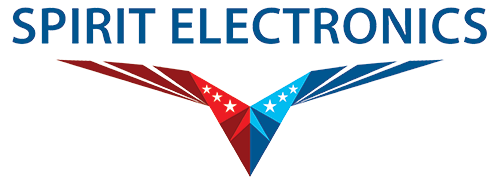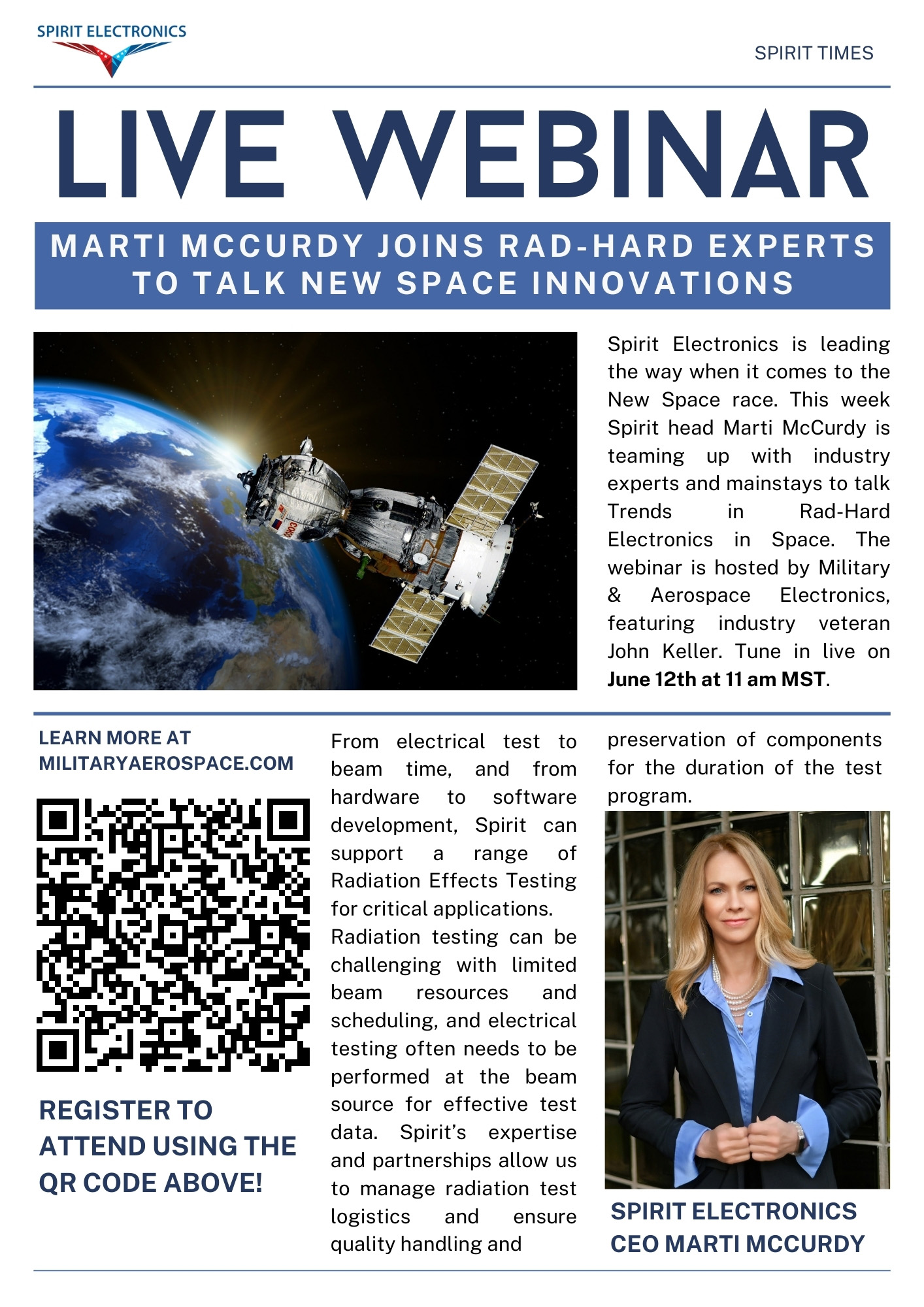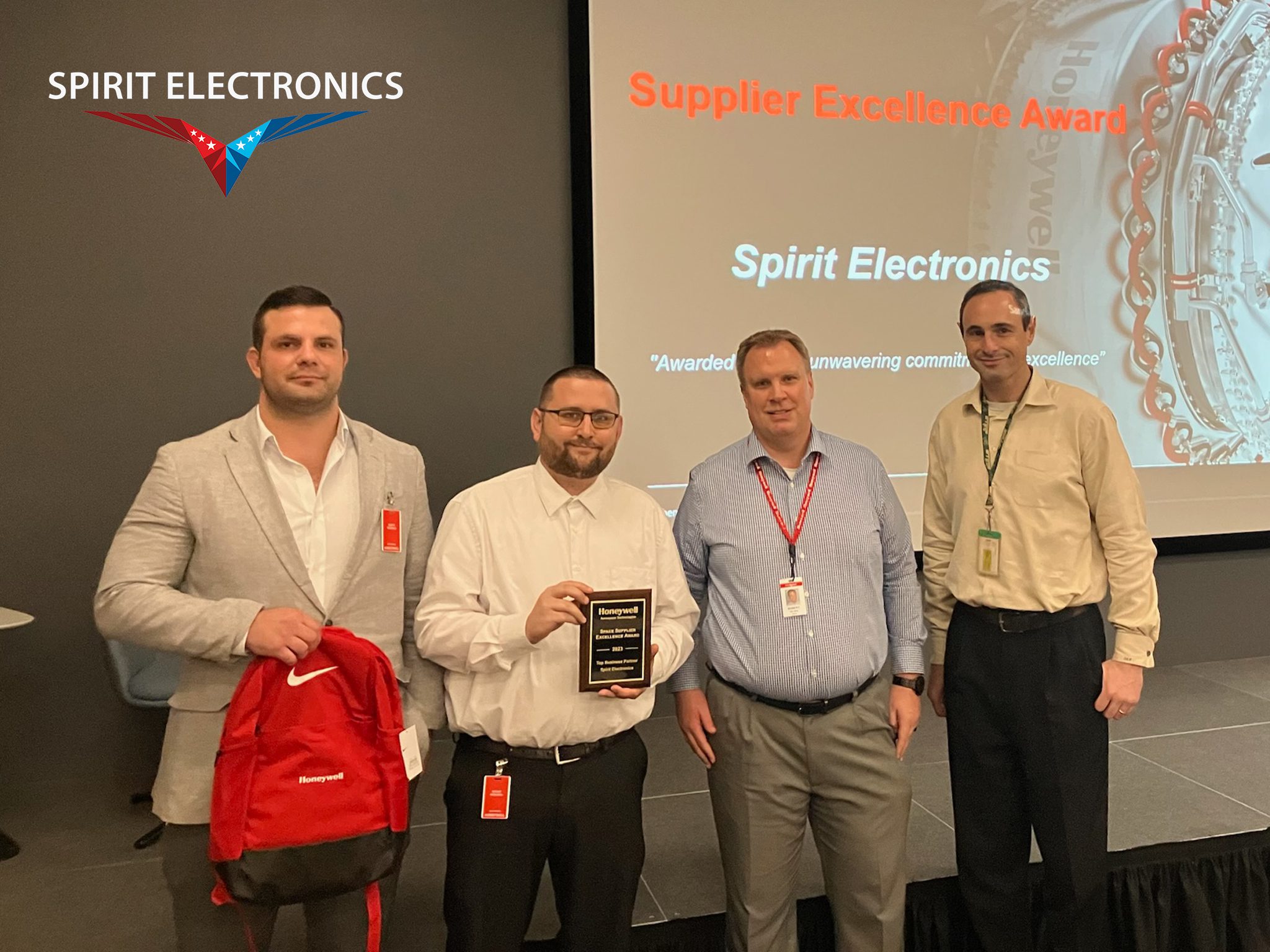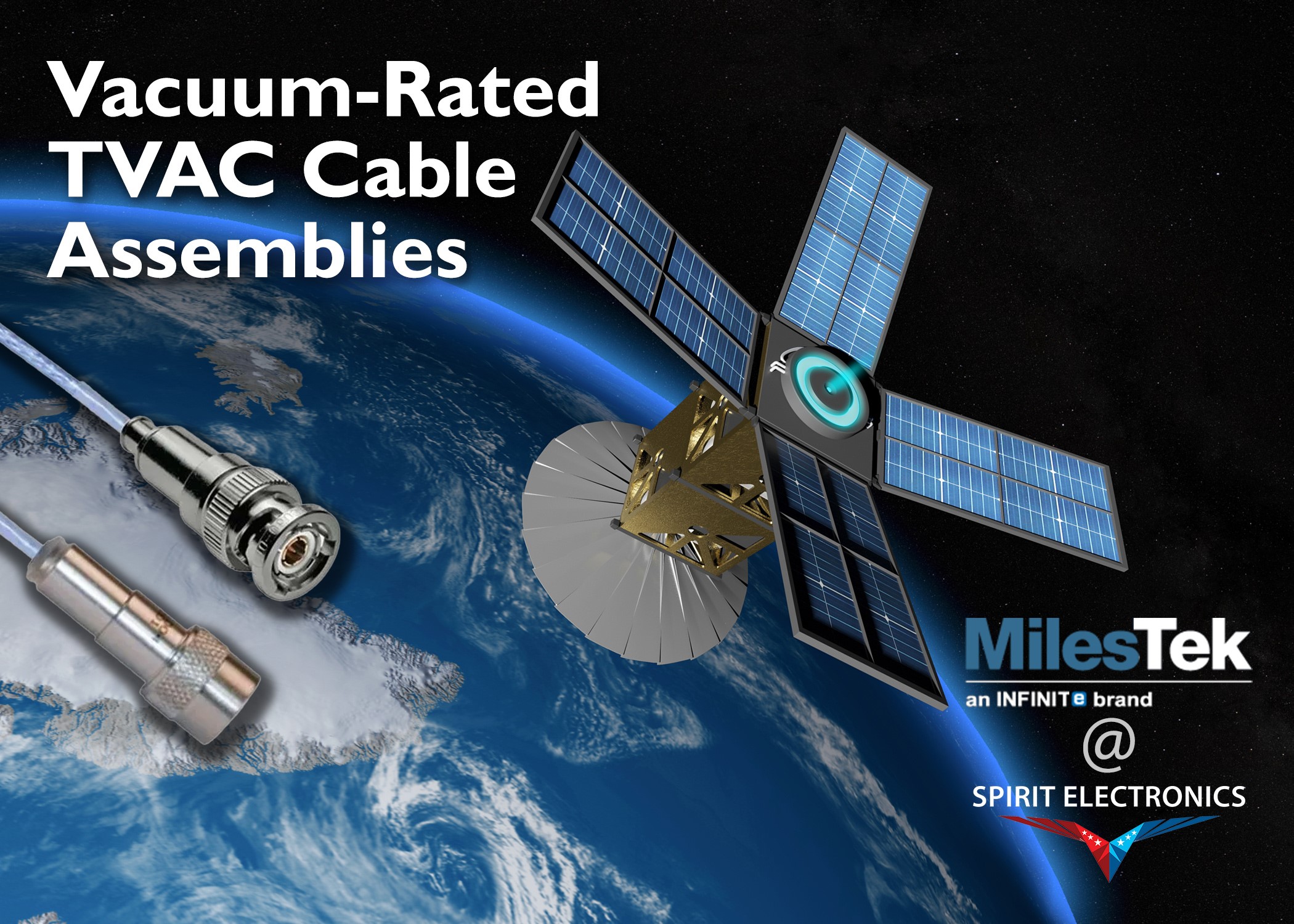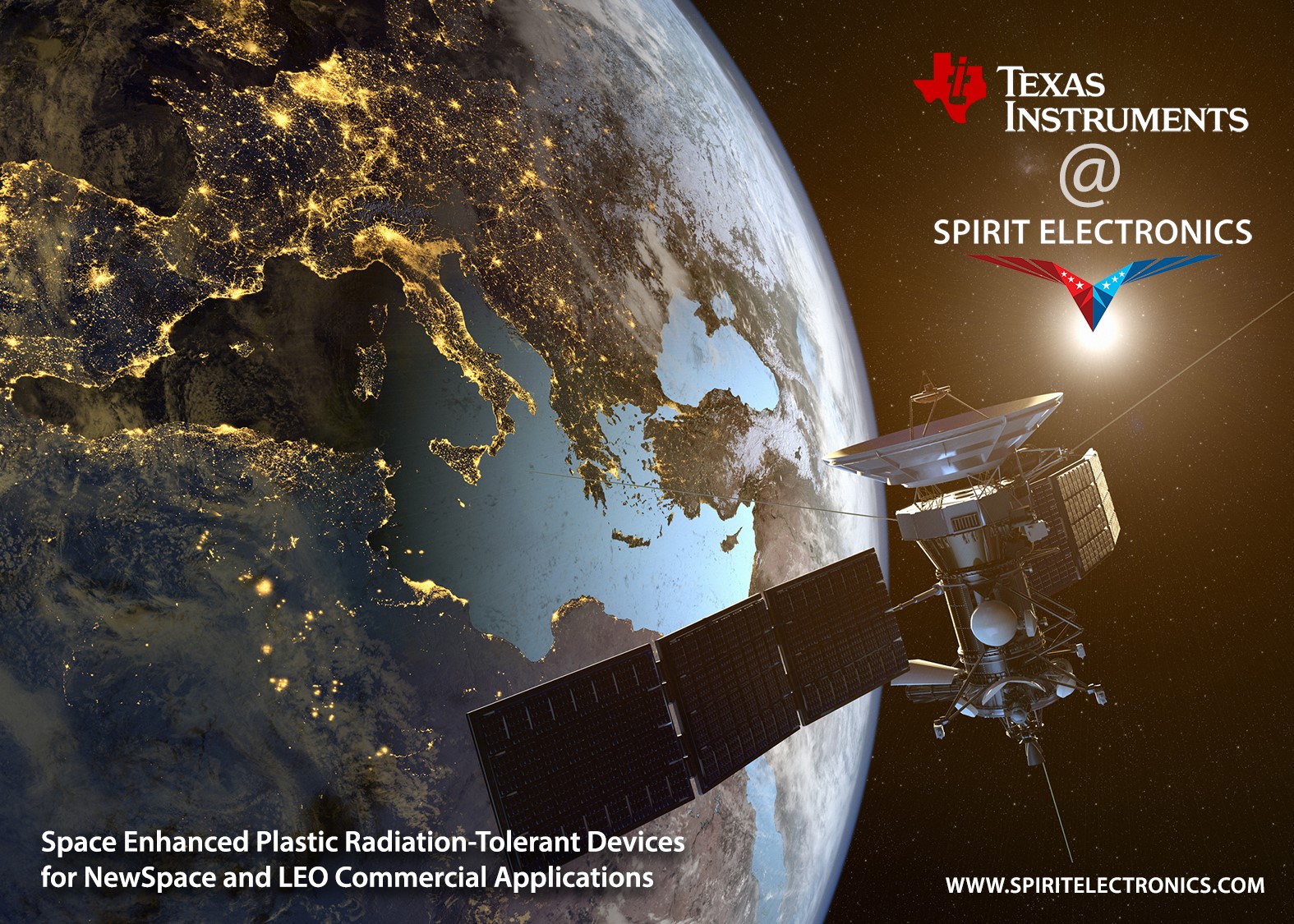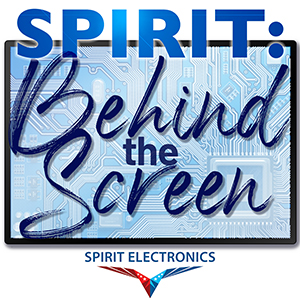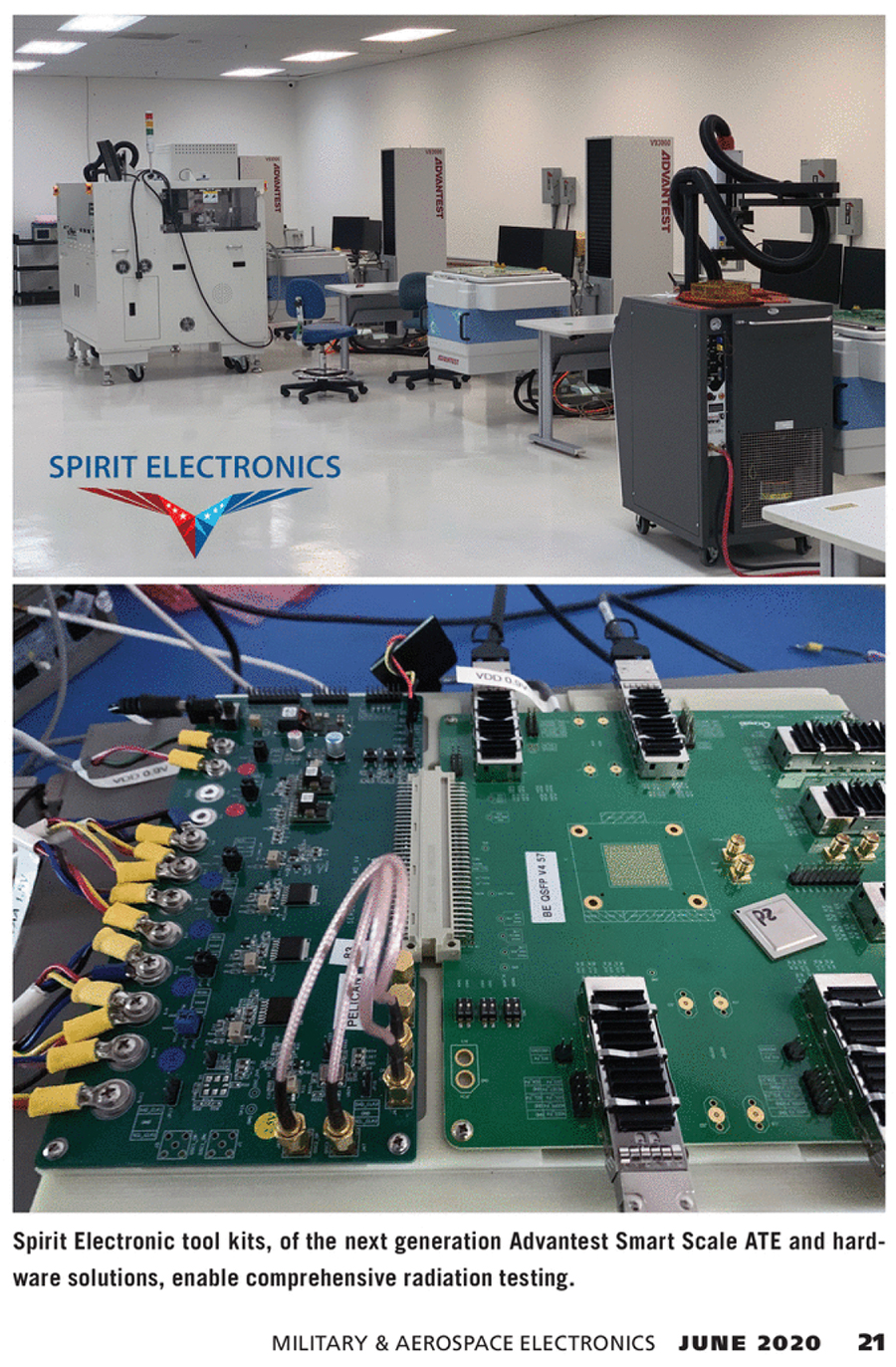Spirit Electronics is leading the way when it comes to the New Space race. This week Spirit head Marti McCurdy is teaming up with industry experts and mainstays to talk Trends in Rad-Hard Electronics in Space. The webinar is hosted by Military & Aerospace Electronics, featuring industry veteran John Keller. The webinar originally aired on June 12th, but a recording of the session can be viewed online.
You can register to watch, view resources, and learn more using the QR code above, or visit Military & Aerospace Electronics’ website.
From electrical test to beam time, and from hardware to software development, Spirit can support a range of Radiation Effects Testing for critical applications.
Radiation testing can be challenging with limited beam resources and scheduling, and electrical testing often needs to be performed at the beam source for effective test data. Spirit’s expertise and partnerships allow us to manage radiation test logistics and ensure quality handling and preservation of components for the duration of the test program.

